Artist Martin Grandits is known as the “King of Irony”, and gives things like food, logos and beer garden benches a whole new meaning. We talk to him about value and being valued in life and in art.
Interview: Nina Prehofer
What is valuable to you in your life?
Martin Grandits: Friendship. These days, your friends are also your family – people you know you can rely on. But it’s not just about taking on responsibility for each other when one of you isn’t doing so well, it’s also about having fun together and sharing experiences. And of course art has great value in my life.
I would even go so far as to say that it’s an obsession.
That can sometimes be very tiring, but I don’t know what I would do with my life if it weren’t for art. It’s my purpose in life. That’s really valuable – finding your purpose in life. Something that fulfils you and that you believe in.
Do you wonder about the value of your work?
Martin Grandits: Yes, both in terms of monetary value and recognition. Art pays my bills. There are of course other elements that have value: when art is observed and people are fascinated by it, and it creates an enthralling energy. It’s the same in small children when a Barbie house or a knight’s castle is sitting under the Christmas tree – their eyes light up. With my art, there’s perhaps another aspect. My works are often conceptual pieces that are very satirical and draw on political and everyday themes. If you can communicate critical things with a smile, that, in my opinion, is a great way to start a conversation. If you can open up people’s perspectives in that way, that has real value.
You often work with logos and brands. Do you have a favourite brand to use? Chanel appears quite often.
Martin Grandits: Chanel is following me somehow. When I was younger and studying art, I had no money. But there were these VIP parties with free food and drink, so I started making my own fake Chanel T-shirts. A T-shirt like that would get you in, even if you weren’t on the list.
Did that actually work?
Martin Grandits: Yes! It had “Chanel pour Clochard” on it. They didn’t read it at all. Chanel is especially interesting, because the brand is perceived positively from every possible business angle. There’s hardly anyone that doesn’t like the brand or doesn’t think it has value. But I don’t just work with luxury brands, I also work with the trashy, more budget ones like Cleber and Billa. For me, logos are like hieroglyphs – if you put them next to one other you create messages, and you can use those messages to communicate.
What’s the best thing art can do to a person?
It broadens horizons and triggers something in people.
Different types of art speak to different people. Some associate more with high-brow conceptual art whose aesthetic is totally minimalist. Others tend more towards enormous Chanel handbags in their back garden.
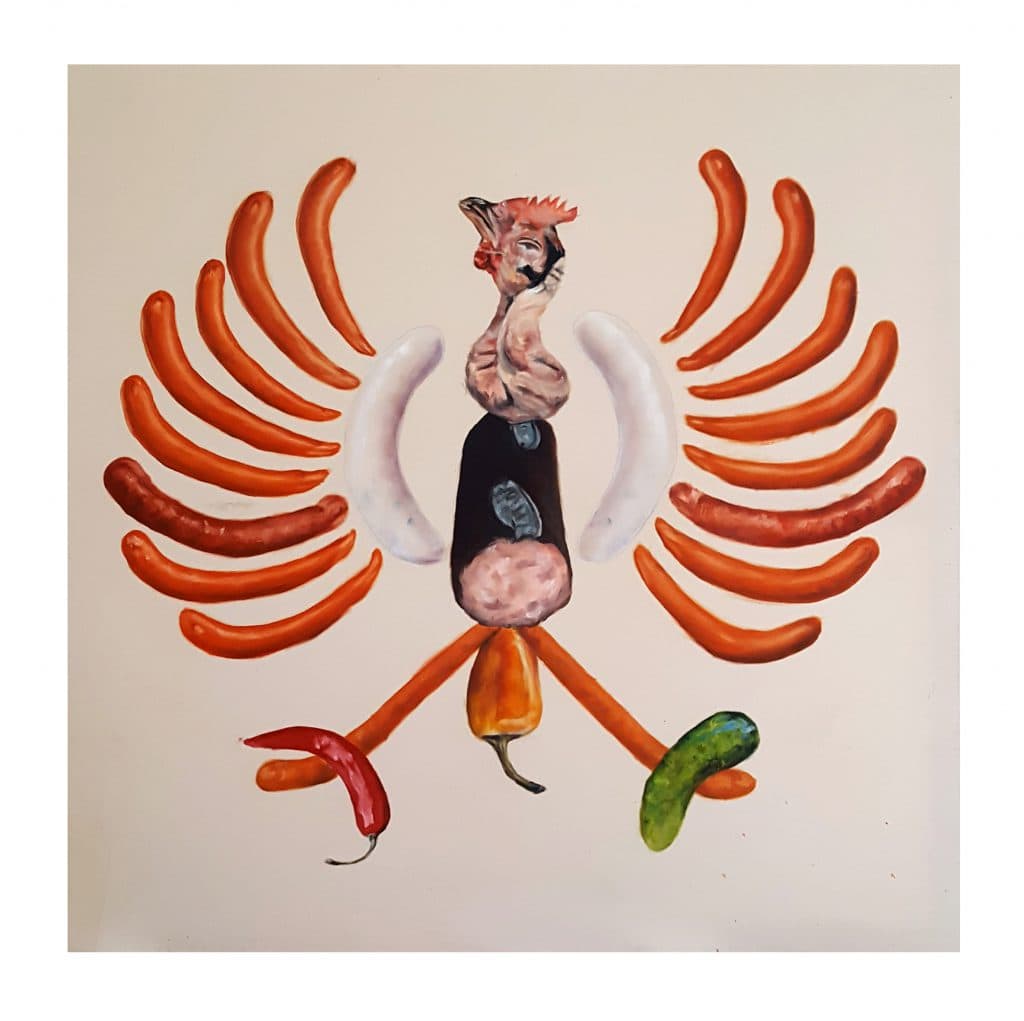
What’s your view on the art market?
Martin Grandits: The capitalist aspect to art has always been there. It’s just part of how it is. Art has also always been about beautiful things for people with lots of money. The poor artist may have charm and sex appeal, but they’re still in some way in a class on their own. They don’t have much power or money, but they do have a reputation. That then filters into the rich upper class, the patrons of the arts, and they benefit one other. It’s a good field of tension. I don’t think success is a bad thing, because it means you can reach lots of people with your ideas about life.
The cover of the THE Stylemate fall/winter issue “what is of value to us?” shows an object by Martin Grandits.
So applause is the bread and butter of artists. How important is recognition and being valued for your work?
Martin Grandits: My work was without bread and butter for quite a while. That makes you start to doubt yourself. You look for the flaws in your own art when it’s not selling, not being seen or not working. I became almost manic, and I just kept trying and trying. I was obsessed with becoming better. I wanted to reinvent the wheel – no, something newer than the wheel. It was a feeling of helplessness. That changed when the positive feedback came in – and the sense of being valued. Suddenly my art was being seen, bought and appreciated. That was really important for my well-being. When you don’t receive any money or feel like you’re valued for your work, you’ll burn out at some point.
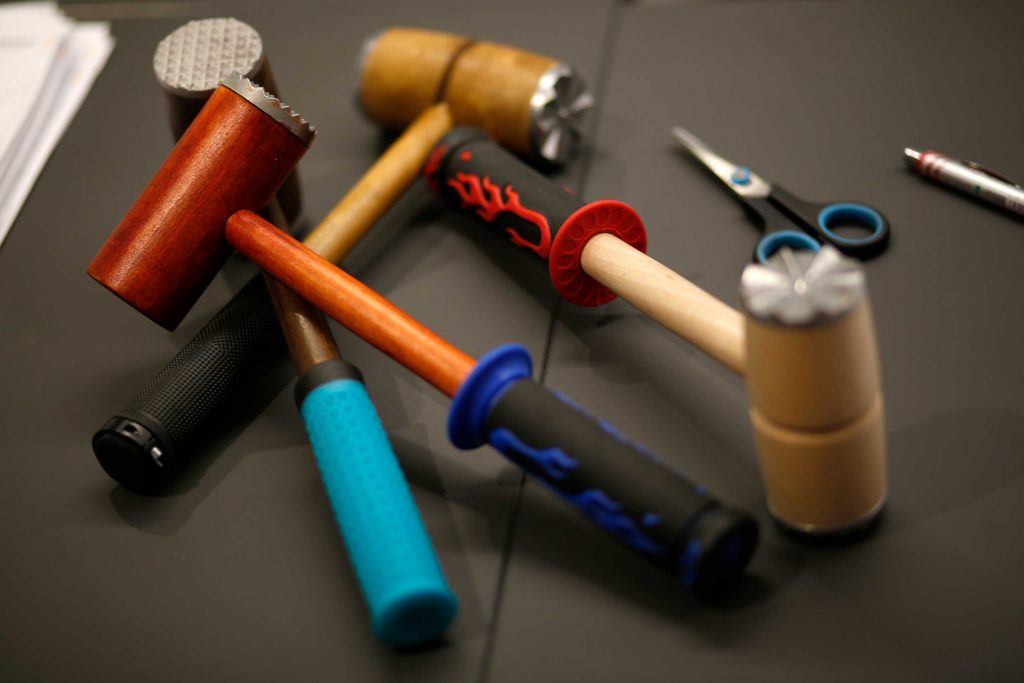
How much structure do you impose on yourself in your work?
Martin Grandits: I’m trying to incorporate more and more structure – I’m a chaotic person and I need it for the quality of my work. Structure is essential when you tend towards chaos. It’s no fun when you do a botch job.
I read somewhere that you’re religious, is that correct?
Martin Grandits: Yes, I think so, but not in the sense that I go to church or pray every day. Religion for me has a lot to do with the afterlife. I want to believe in life after death because it’s horrible when a loved one dies and you know you’ll never see them again. Maybe I see religion as a method and a path to being able to deal with death.
If death isn’t the end, what would you take into the afterlife?
Martin Grandits: My friends and a bottle of vodka. Celebrating and having fun are like nourishment for me. Maybe also a credit card. You can do anything with one of those.
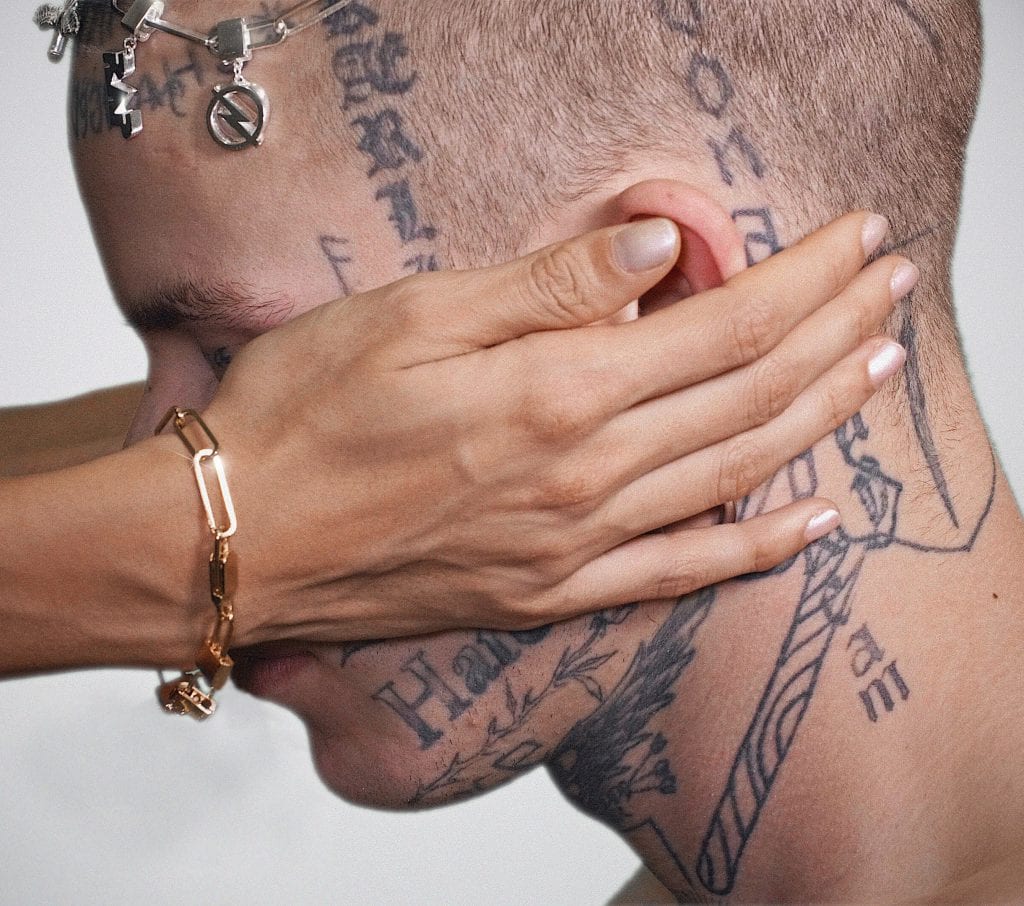
Martin Grandits succeeds in bringing aesthetics into everyday life through his work. With impressive nonchalance, Martin Grandits places himself between Tinder and Picasso, with a splash of pop culture and art history, and usually stops at the point where you would least expect him to. His pieces always display critical insight and a touch of humour, on the one hand as a stylistic element, and on the other as a weapon against the pathetic. Martin Grandits was born in Vienna in 1982, studied at the University of Applied Arts (Transmedial Art with Brigitte Kowanz), and now lives and works in Vienna.
Order art easily online in the Martin Grandits online shop >>
martingrandits.com

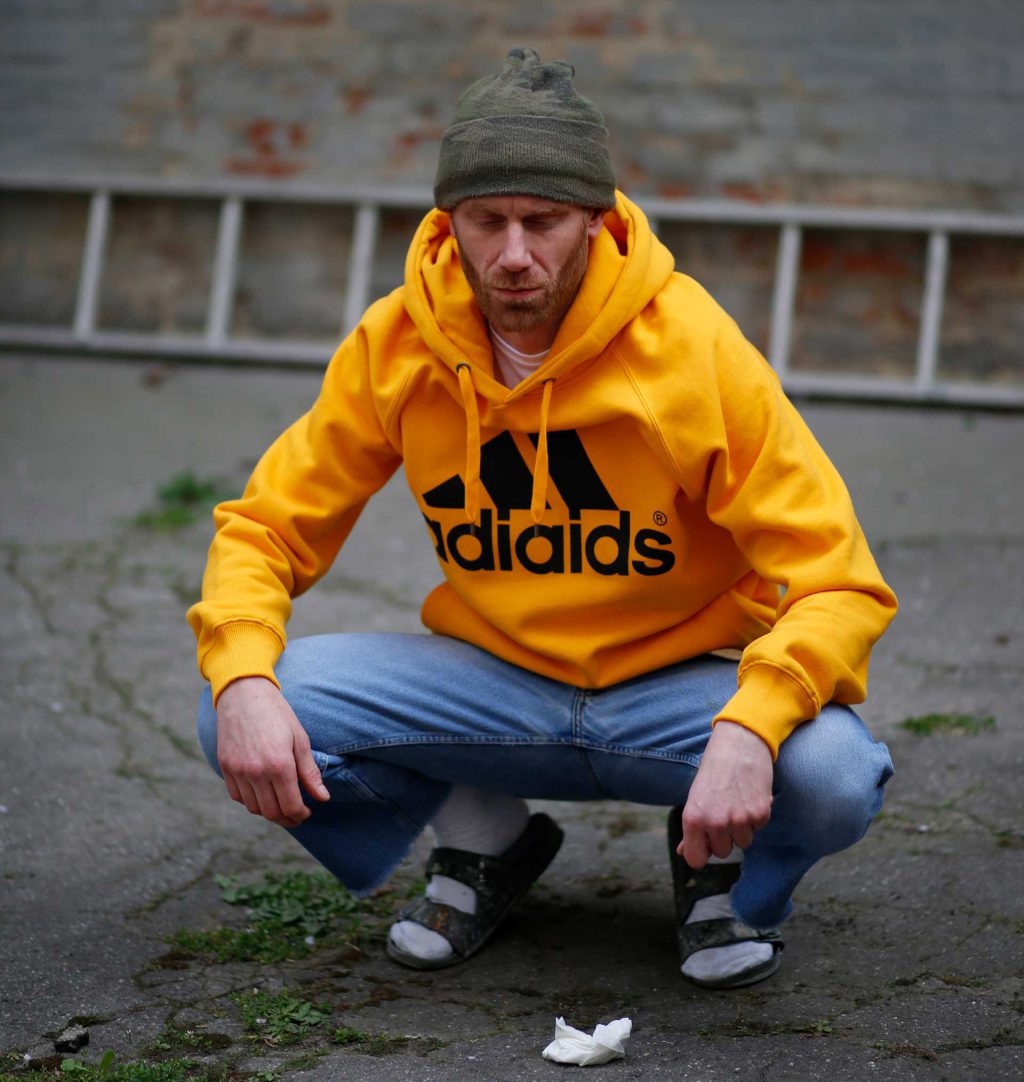
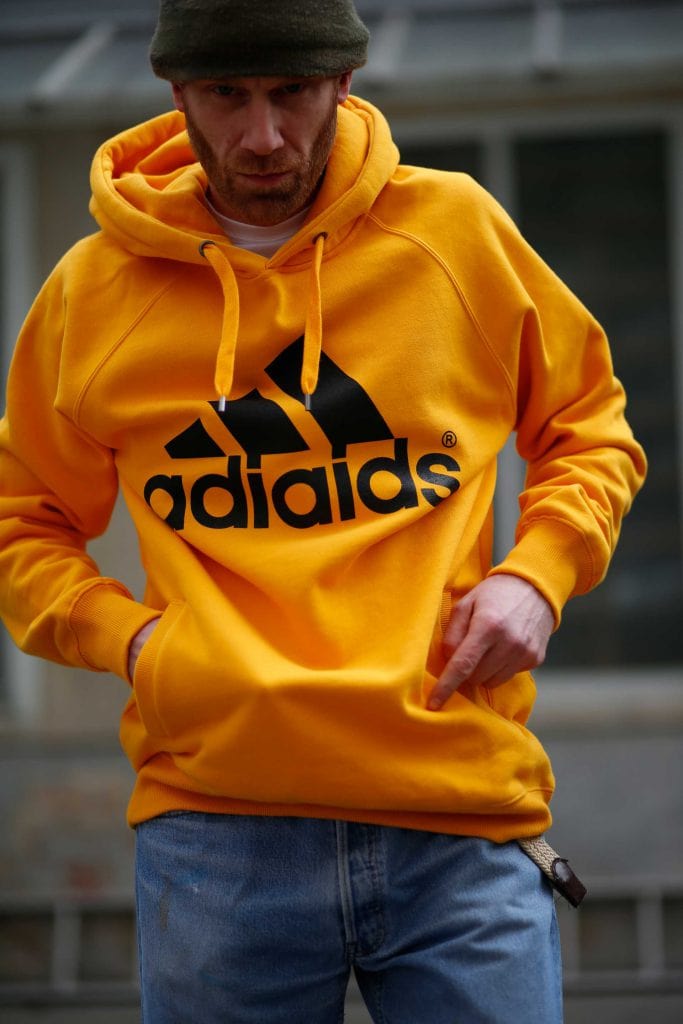
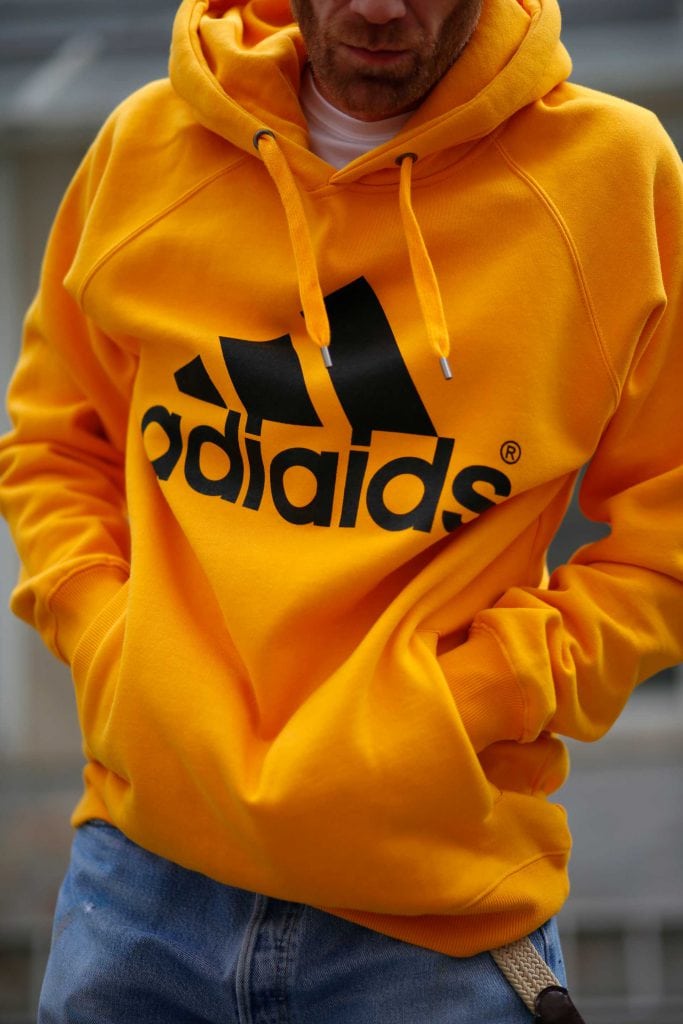
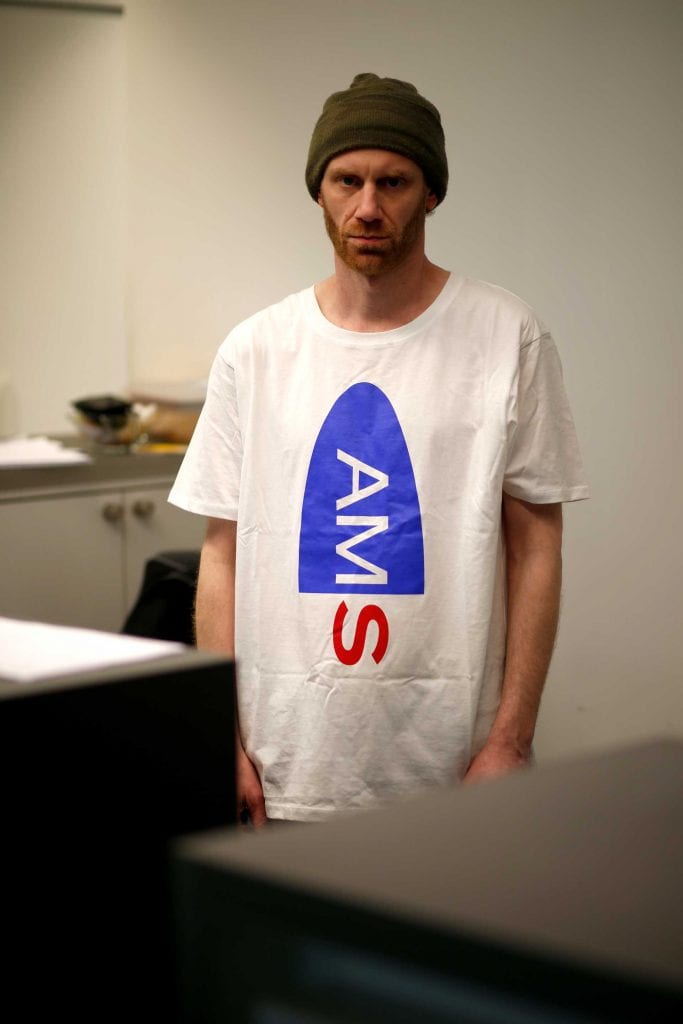
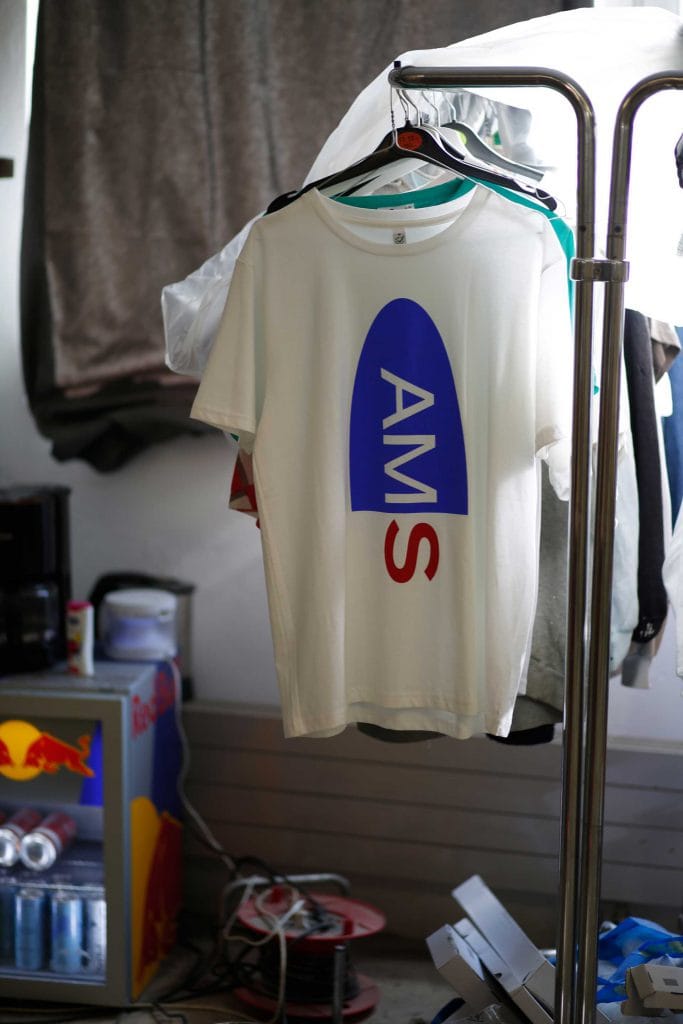
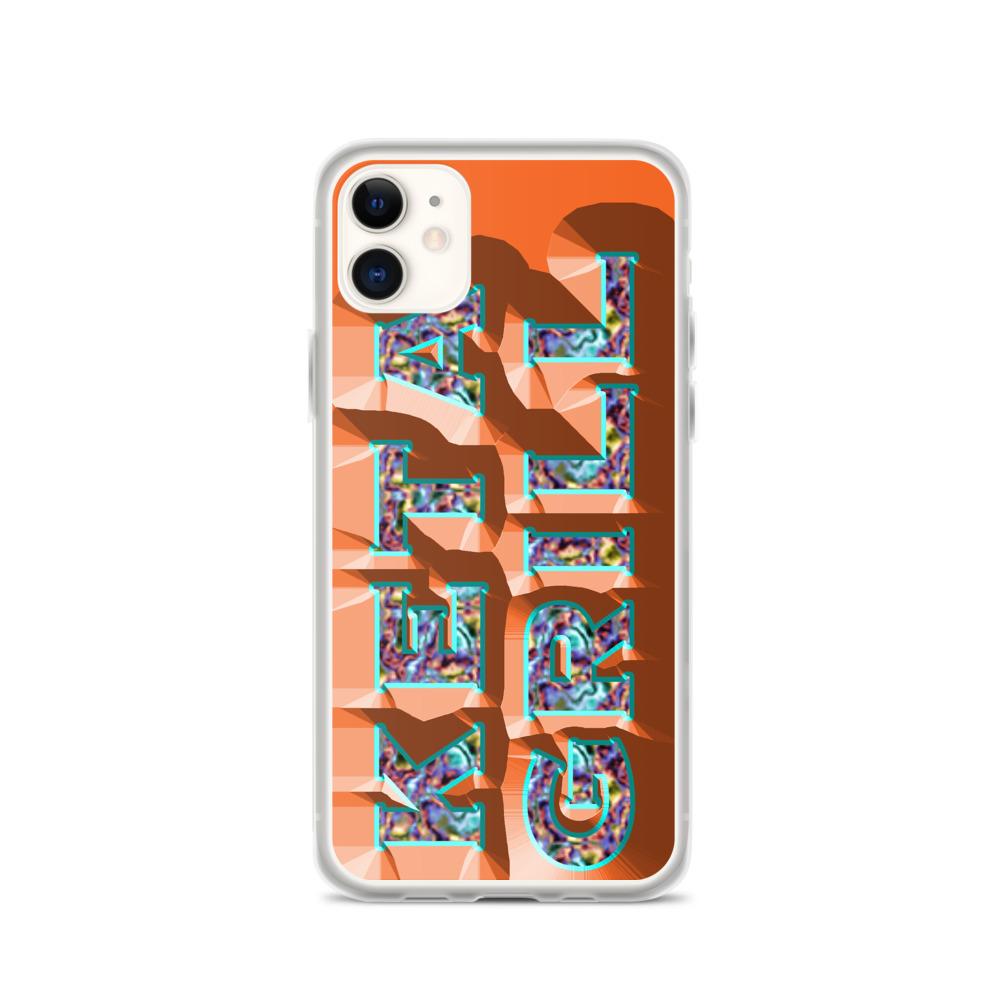
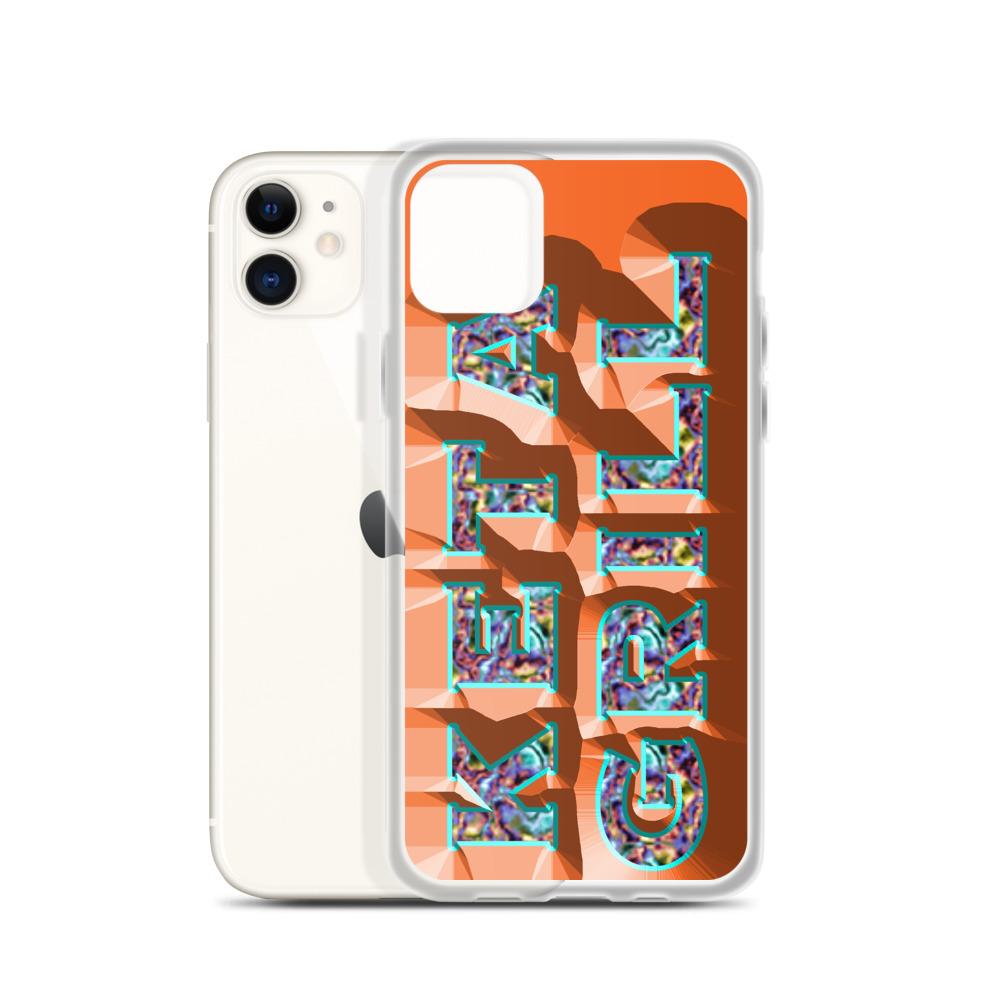
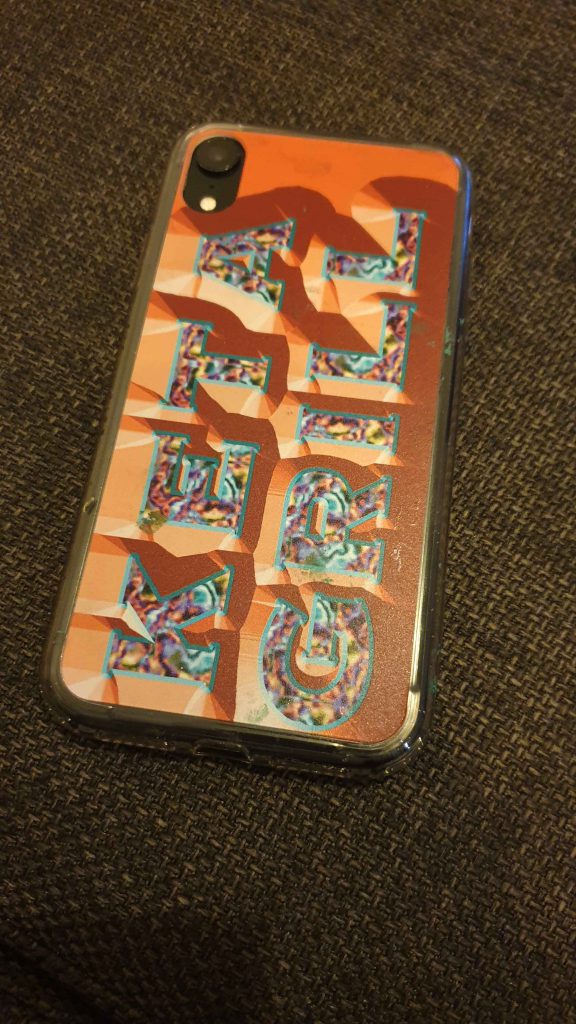
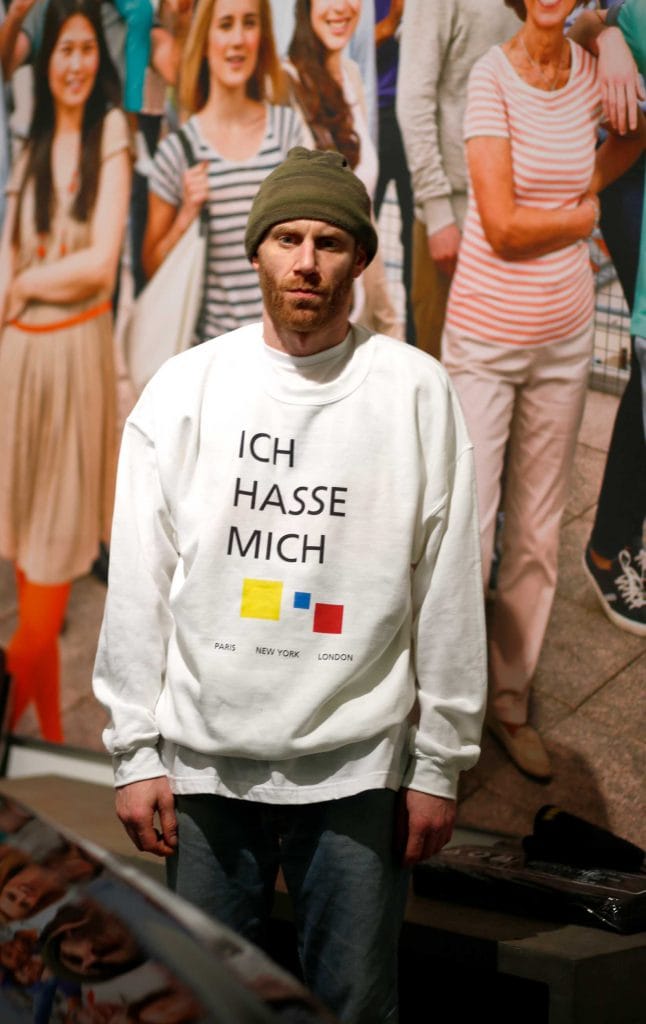
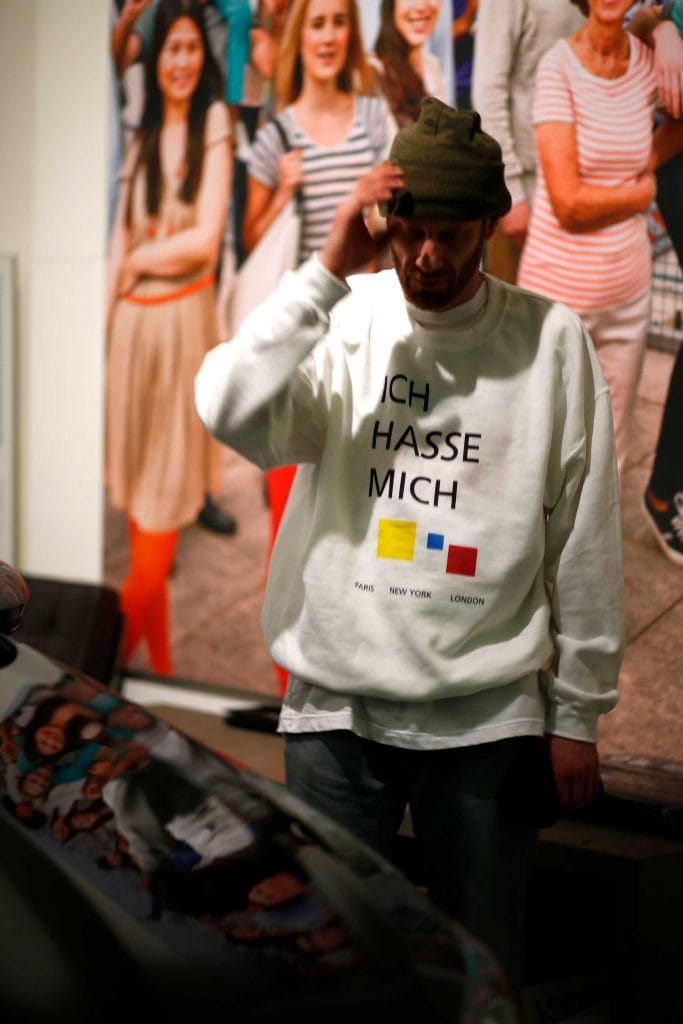
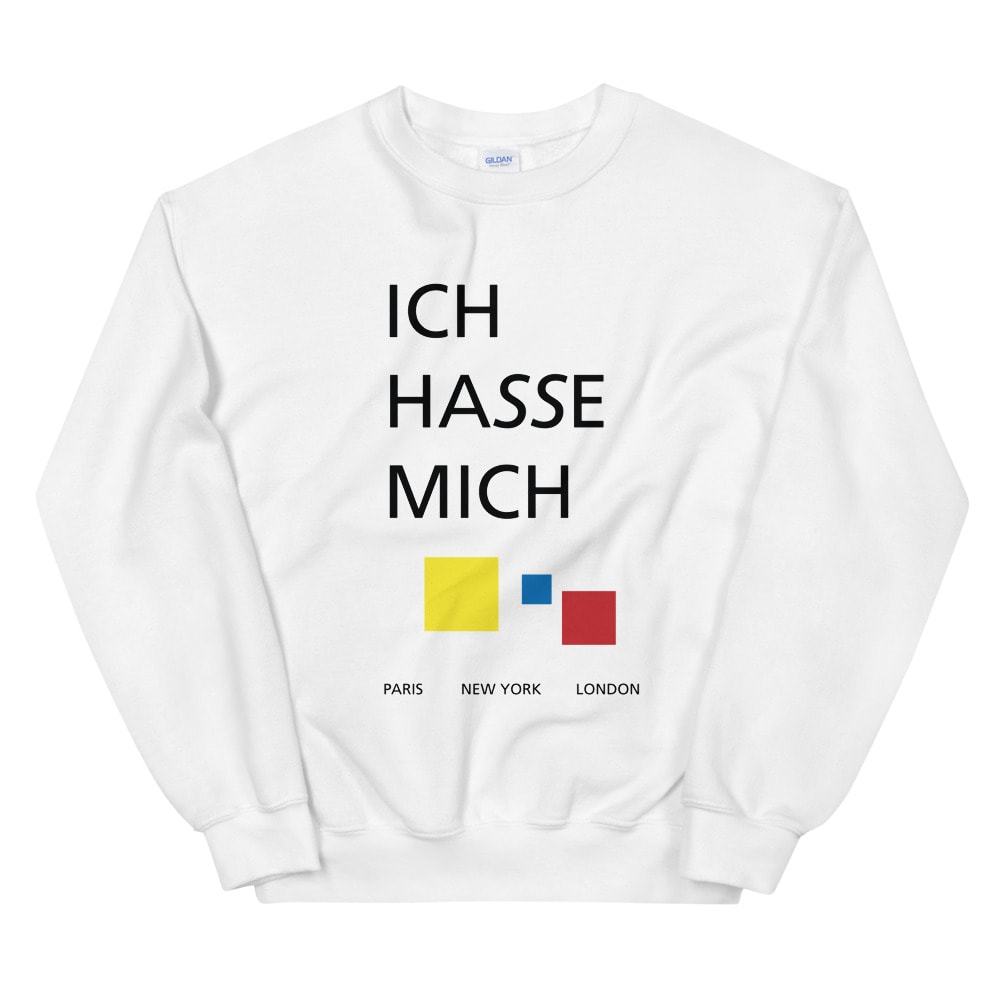
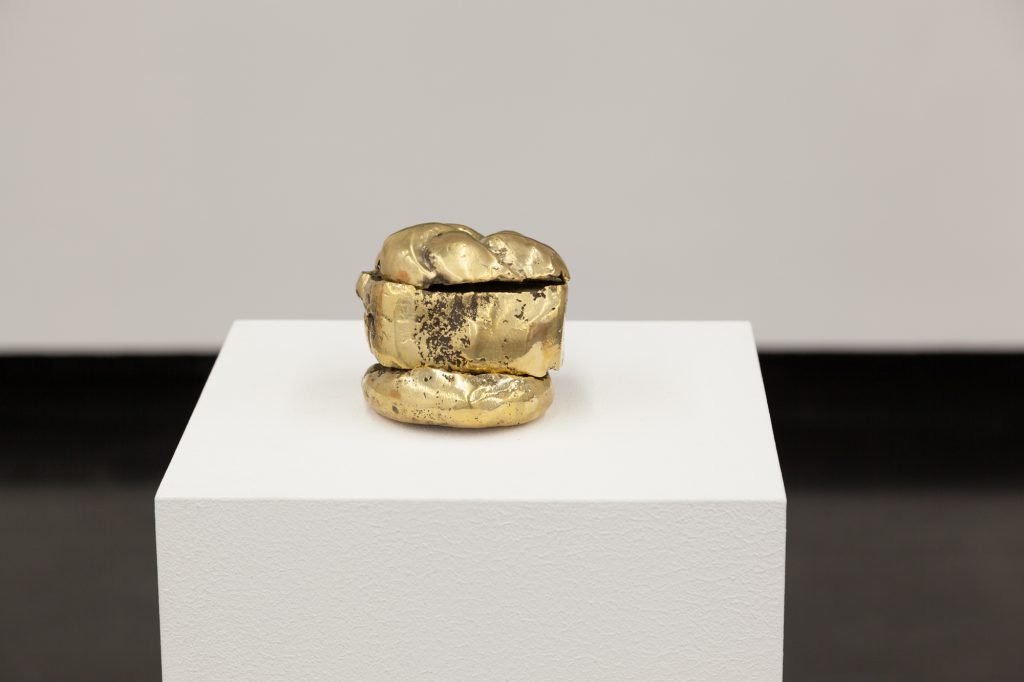
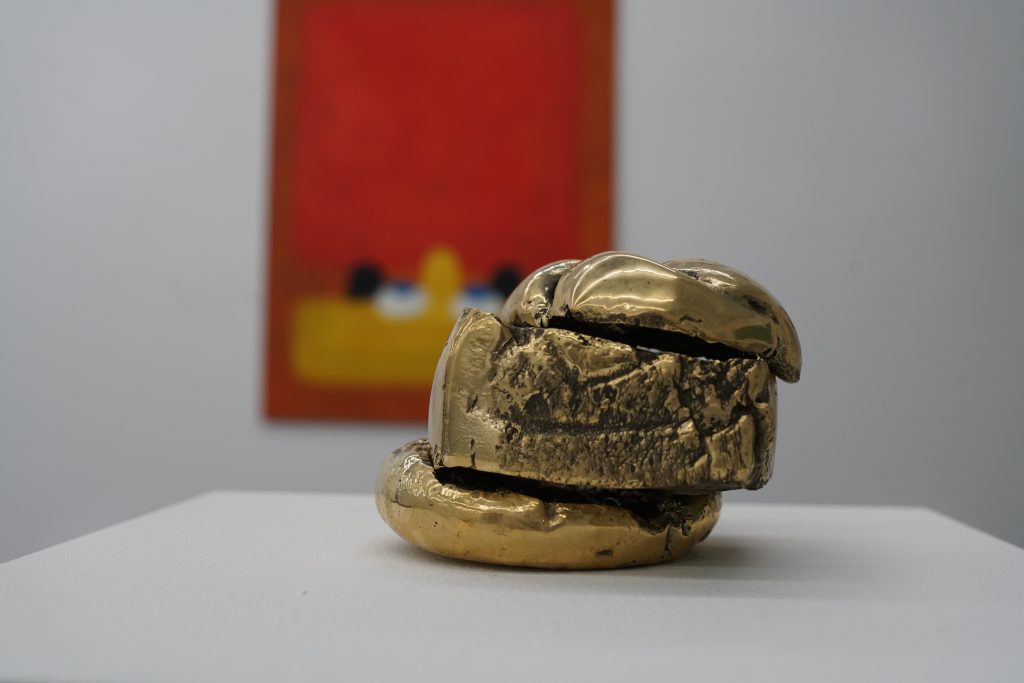
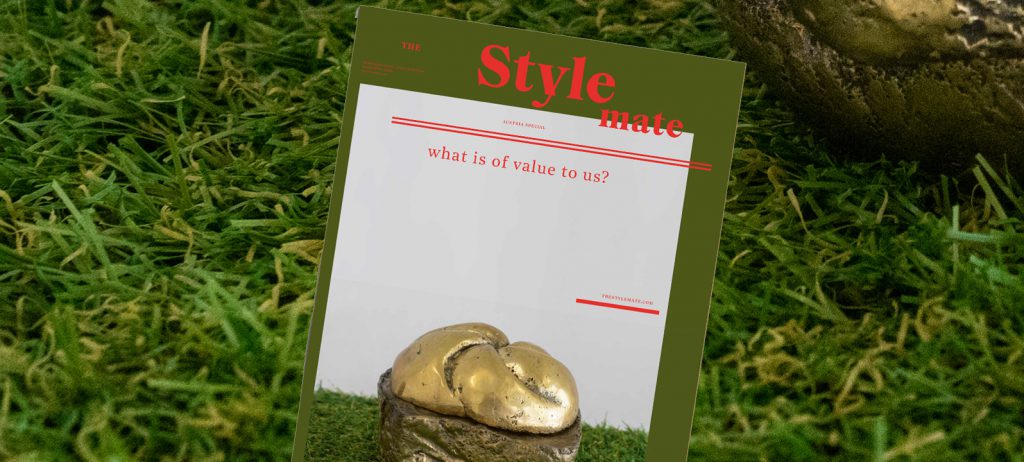
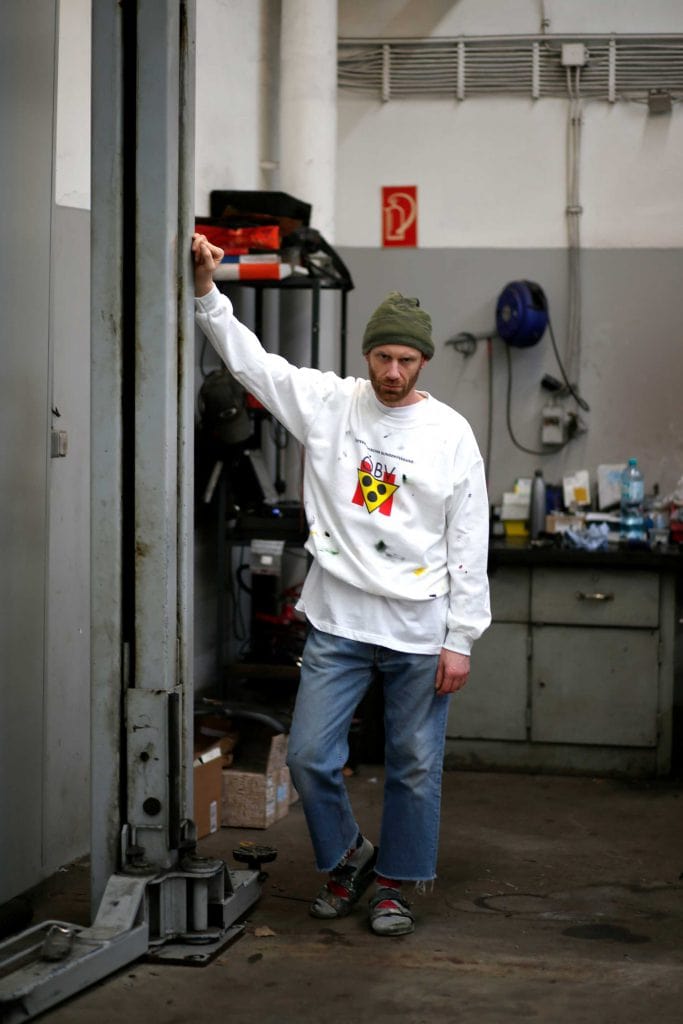
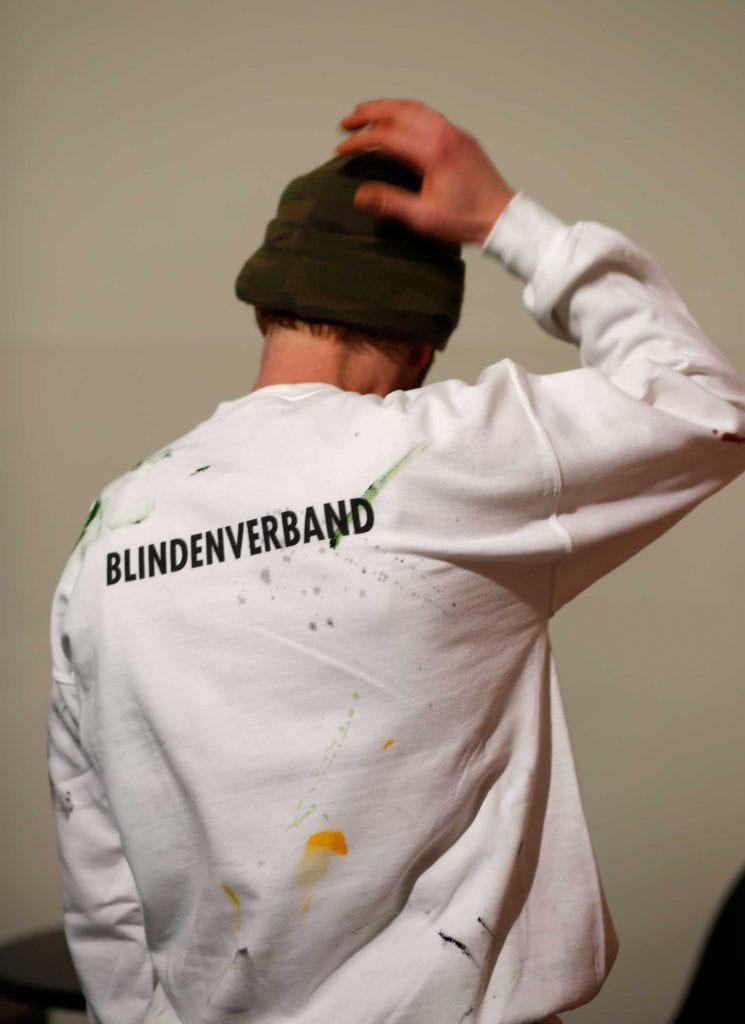
iThere are no comments
Add yours